Bette Midler (born December 1, 1945, Honolulu, Hawaiian Islands) American actress and singer who was known for her dynamic energy, comedic wit, and campy humour.
Midler was raised in rural Aiea, Oahu, the third of four children of a house painter and his wife. She began singing as a child, and her mother encouraged an interest in theatre. By the time she graduated from high school, Midler had performed in several amateur shows. She studied for a year at the University of Hawaii but dropped out in order to pursue acting. In 1965 she landed her first professional role, a bit part in the film Hawaii (1966). She accompanied the film crew back to Hollywood, where she worked and saved money in order to move to New York City.
 |
| Bathroom Betty |
Her stage name even became 'Bathroom Betty'.
In 1972, Midler released her first album, 'The Divine Miss M', produced by Manilow. The following year she received her first Grammy Award, for best new artist, and in 1974 she was given a special Tony Award for “adding lustre to the Broadway season.” She continued to release songs and albums throughout the 1970s, making frequent appearances on television and performing in nightclubs. In 1979 she appeared in her first starring role on the big screen, playing a rock star loosely based on Janis Joplin in The Rose. The film was a success with critics, and the title song, performed by Midler, earned her a second Grammy Award. Despite the acclaim, Midler was not immediately offered more film roles, and she struggled to establish a film career. After a strenuous concert tour in the early 1980s, she sank into a depression and suffered a nervous breakdown.
In the mid-1980s, Midler turned to comedy, releasing the stand-up comedy album Mud Will Be Flung Tonight! (1985). About the same time, she signed a film contract with Walt Disney Productions’ new Touchstone Pictures, appearing in a series of successful comedies, including Down and Out in Beverly Hills (1986), Ruthless People (1986), and Outrageous Fortune (1987). Taking a break from comedy, in 1988 she starred in the melodrama Beaches, which was produced by a company Midler had cofounded, All Girl Productions. Though the film was met with a lukewarm reception, its song “Wind Beneath My Wings ” (sung by Midler) became a smash hit, topping the Billboard Hot 100; it also won Midler a third Grammy, for record of the year.
Midler pursued her multifaceted career through the end of the 20th century and into the 21st, continuing to release albums and to act. Midler’s albums from this time included 'It’s the Girls!' (2014), a collection of pop classics by such female groups as the Supremes and the Shirelles. Midler was the recipient of a lifetime achievement award (2012) from the Songwriters Hall of Fame and a Kennedy Center Honor (2021) [Extract from Britannica.com]
In 1972, Midler released her first album, 'The Divine Miss M', produced by Manilow. The following year she received her first Grammy Award, for best new artist, and in 1974 she was given a special Tony Award for “adding lustre to the Broadway season.” She continued to release songs and albums throughout the 1970s, making frequent appearances on television and performing in nightclubs. In 1979 she appeared in her first starring role on the big screen, playing a rock star loosely based on Janis Joplin in The Rose. The film was a success with critics, and the title song, performed by Midler, earned her a second Grammy Award. Despite the acclaim, Midler was not immediately offered more film roles, and she struggled to establish a film career. After a strenuous concert tour in the early 1980s, she sank into a depression and suffered a nervous breakdown.
In the mid-1980s, Midler turned to comedy, releasing the stand-up comedy album Mud Will Be Flung Tonight! (1985). About the same time, she signed a film contract with Walt Disney Productions’ new Touchstone Pictures, appearing in a series of successful comedies, including Down and Out in Beverly Hills (1986), Ruthless People (1986), and Outrageous Fortune (1987). Taking a break from comedy, in 1988 she starred in the melodrama Beaches, which was produced by a company Midler had cofounded, All Girl Productions. Though the film was met with a lukewarm reception, its song “Wind Beneath My Wings ” (sung by Midler) became a smash hit, topping the Billboard Hot 100; it also won Midler a third Grammy, for record of the year.
Midler pursued her multifaceted career through the end of the 20th century and into the 21st, continuing to release albums and to act. Midler’s albums from this time included 'It’s the Girls!' (2014), a collection of pop classics by such female groups as the Supremes and the Shirelles. Midler was the recipient of a lifetime achievement award (2012) from the Songwriters Hall of Fame and a Kennedy Center Honor (2021) [Extract from Britannica.com]
The 'Best of Bette' is the first compilation album by American female vocalist Bette Midler, released in 1978. This greatest hits album was issued in the UK, Continental Europe, Scandinavia and Australia to coincide with Midler's first world tour. Later editions released in 1979 also came with a free poster promoting her then upcoming movie The Rose.
'The Best of Bette', confusingly released with near identical cover art to 1973's Bette Midler, featured songs from Midler's first four studio albums with the addition of one track from 1977's Live at Last, the studio recording "You're Moving Out Today". The version included on The Best of Bette is the rare single mix which features an extra verse that is not found on the Live at Last album or on many of the single releases worldwide.
This post consists of FLACs ripped from my pristine vinyl and includes full album artwork for both vinyl and CD, along with label scans. One track that is sadly missing from this great compilation (because it was released one year later), is the title track from her brilliant 1979 Soundtrack 'The Rose'. I have therefore decided to add it here as a bonus track for your indulgence. Enjoy.
01 Friends 2:49
02 In The Mood 2:37
03 Superstar 5:00
04 Say Goodbye To Hollywood 3:02
05 Do You Want To Dance 2:56
06 Buckets Of Rain 3:54
07 Boogie Woogie Bugle Boy (Mono) 2:26
08 You're Moving Out Today 3:18
09 Delta Dawn 5:16
10 Uptown / Da Doo Ron Ron 3:2
11 Hello In There 4:15
12 Higher And Higher (Your Love Keeps Lifting Me) 4:08
13 La Vie En Rose 2:59
14 I Shall Be Released 4:55
15 The Rose (Bonus Track) 3:49
Best Of Bette Midler (286Mb)


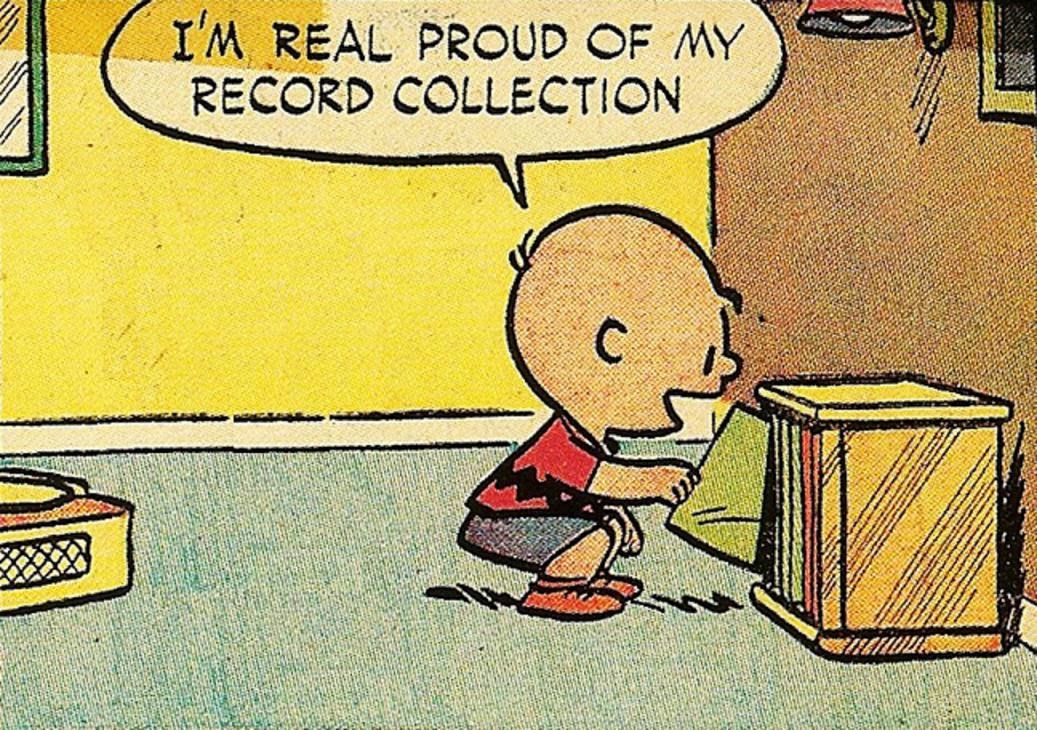

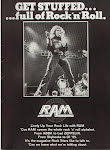
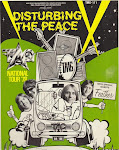

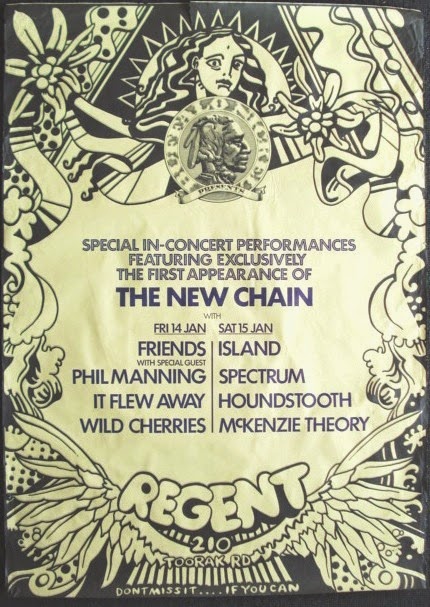

































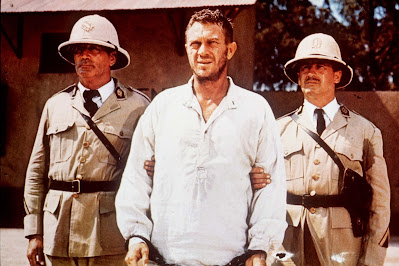























%201973-74.jpg)





